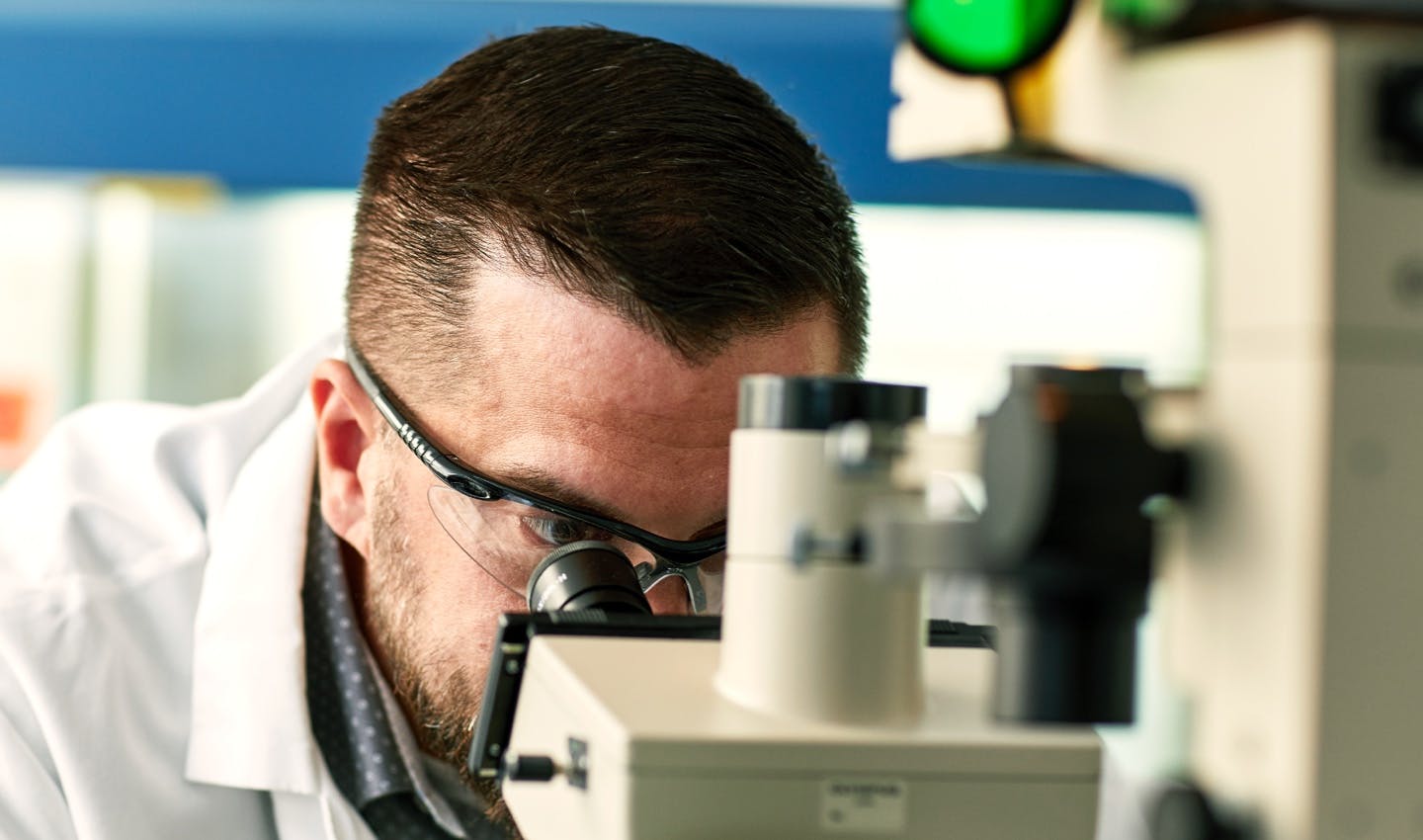SWORD-1 AND SWORD-2 STUDIES
SWORD-1 and SWORD-2 are two identically designed Phase 3, open-label, parallel-group, multicentre, randomised, non-inferiority studies for patients on first or second ART with a stable plasma HIV-1 RNA for ≥6 months (N=1024).
These studies were designed to evaluate the efficacy and safety of DTG+RPV compared with the continuation of current ART regimen in patients with HIV-1 with suppressed viral load. Patients were randomly assigned either DTG+RPV once daily or continued with their current ART regimen for 52 weeks, with primary analysis occurring at Week 48. A late-switch phase took place from Weeks 52 to 148, where participants on their current ART regimen with a viral load <50 copies/mL at Week 48 were able to switch to DTG+RPV at Week 52.1,2
Study design:1
Primary endpoint:1
Proportion of participants in the intention-to-treat population with plasma HIV-1 RNA <50 copies/mL at Week 48, using the FDA snapshot algorithm (4% non-inferiority margin).
Results/outcomes:1,2
- Switching to DTG+RPV is non-inferior to current ART regiments in both studies
- In SWORD-1: 95% vs 96% maintained viral suppression at 48 weeks (adjusted treatment difference -0.6%; 95% CI: -4.3 to 3.0)
- In SWORD-2: 94% vs 94% maintained viral suppression at 48 weeks (adjusted treatment difference 0.2%; 95% CI: -3.9 to 4.2)
- Pooled SWORD-1 and SWORD-2 data showed 95% maintained viral suppression in both treatment arms at 48 weeks (adjusted treatment difference -0.2%; 95% CI: -3.0 to 2.5)
- DTG+RPV was non-inferior to current ART regimens in the proportion of participants defined as virological failures at 48 weeks (-0.5%; 95% CI: -1.4 to 0.5)
- Through Week 148, there was a low number of confirmed virologic withdrawals across the study populations who received DTG+RPV (1%; 11/990)
- For participants with available resistance testing data, no integrase resistance was observed at the CVW time point, whereas NNRTI-associated or RPV-associated resistance mutations were identified in 6 participants (<1%), with baseline RPV RAMs detected in one of these participants.
- DTG+RPV showed similar tolerability to current ART regimens in SWORD pooled data
- At Week 48, the most common AEs were nasopharyngitis (10% vs 10%), headache (8% vs 5%) and upper respiratory tract infection (5% vs 7%)
- 1% vs <1% reported drug-related serious AEs at Week 48
- 3% vs <1% discontinued due to AEs at Week 48
- Through 148 weeks, DTG+RPV showed a good safety profile with few serious AEs or drug-related grade 2-4 AEs
References:
- Llibre JM, et al. The Lancet. 2018;391:839–849.
- Van Wyk J, et al. J Acquir Immune Defic. 2020;85(3):325-330.
PM-GB-DLL-WCNT-210002 | April 2021
Adverse events should be reported. Reporting forms and information can be found at www.mhra.gov.uk/yellowcard or search for MHRA Yellowcard in the Google Play or Apple App store. Adverse events should also be reported to GlaxoSmithKline on 0800 221441.
If you are from outside the UK, you can report adverse events to GSK/ViiV by selecting your region and market, here.


